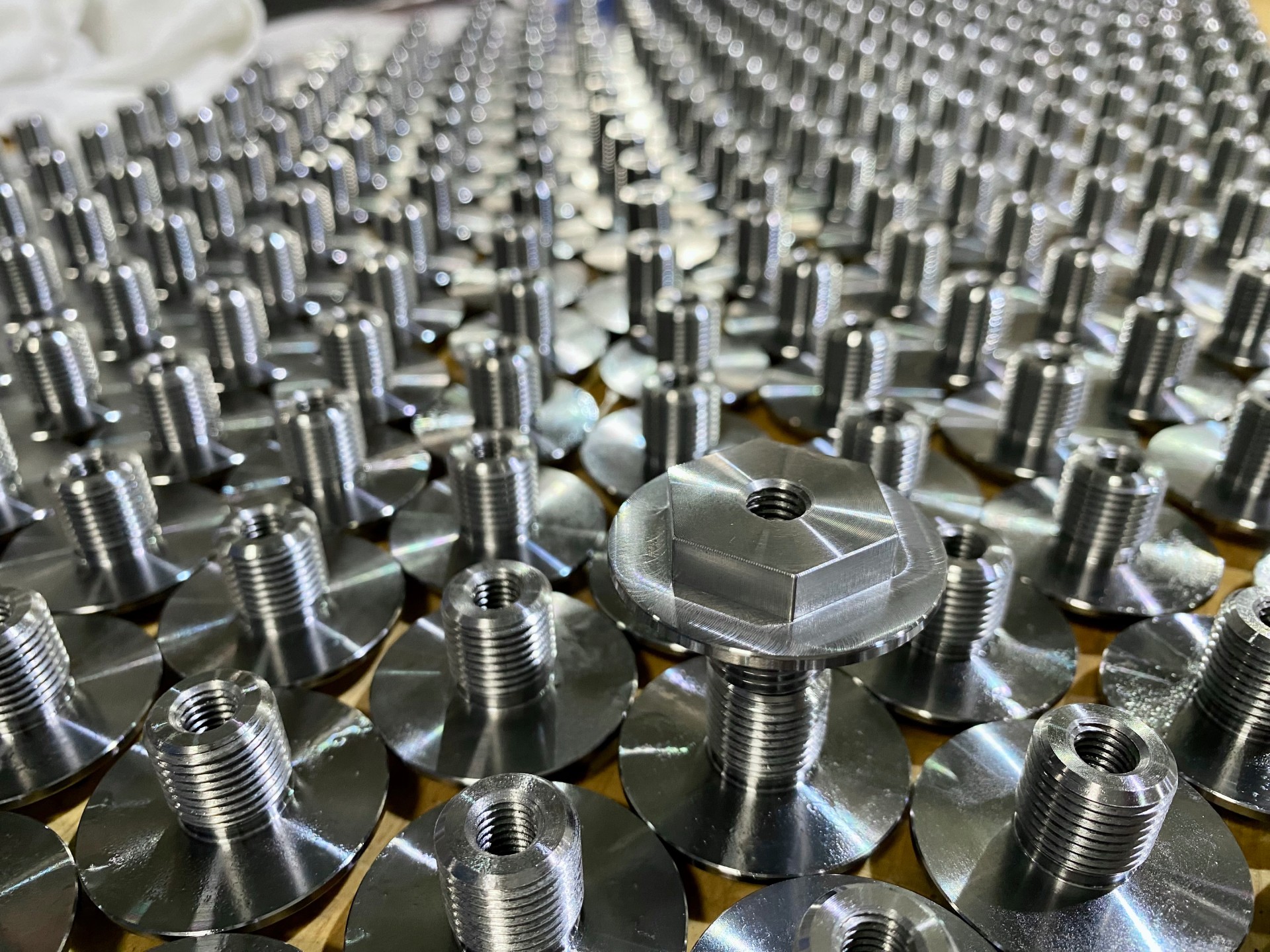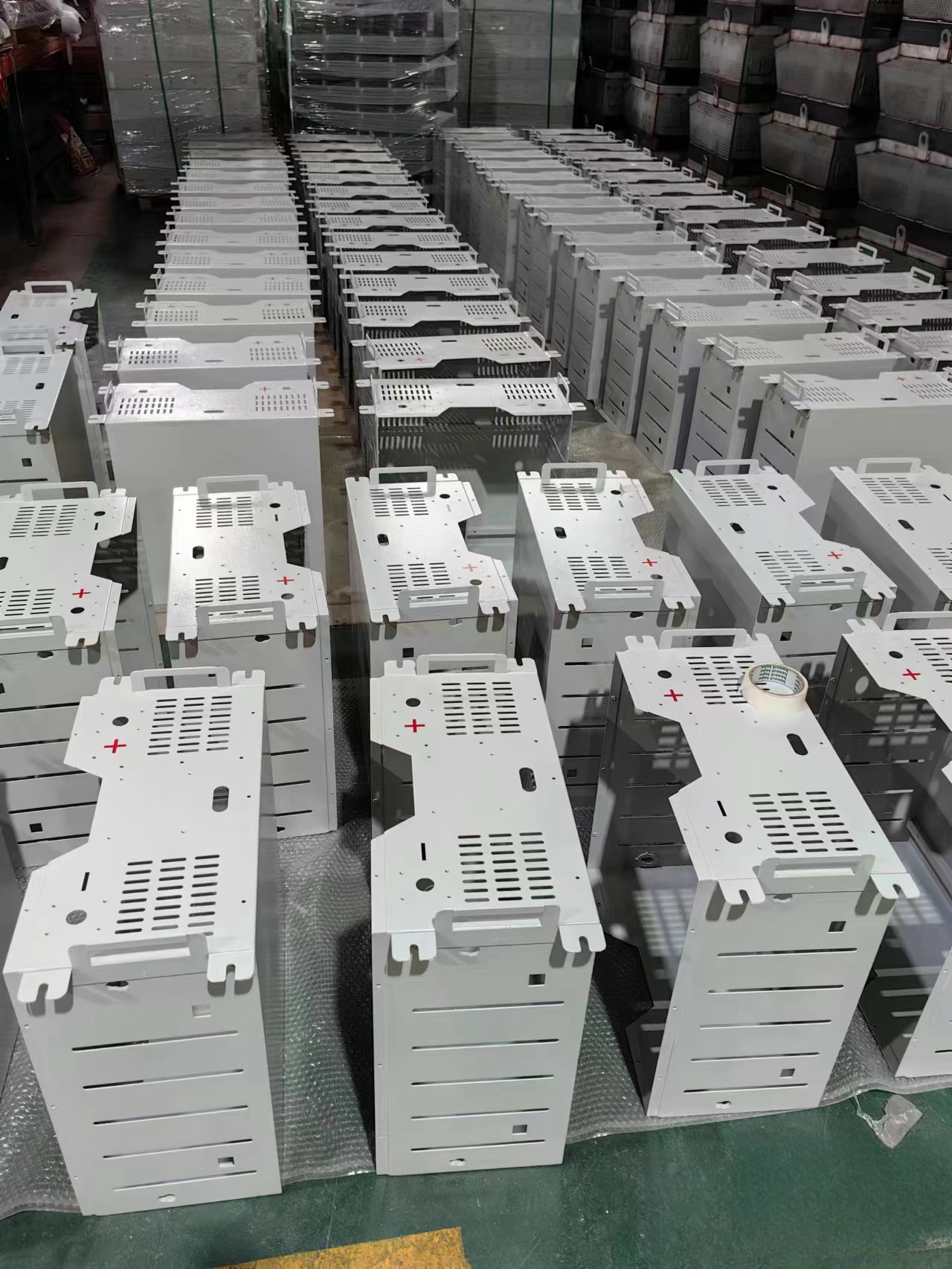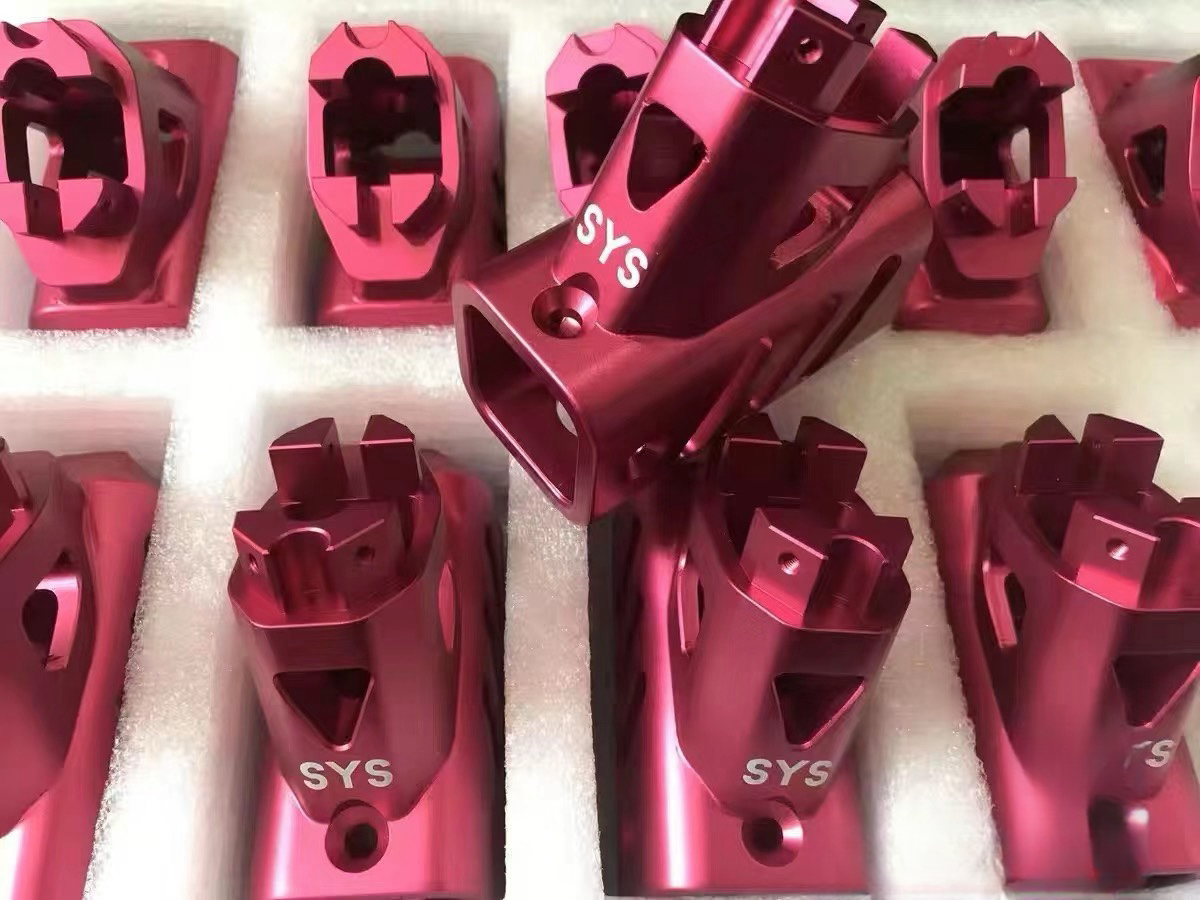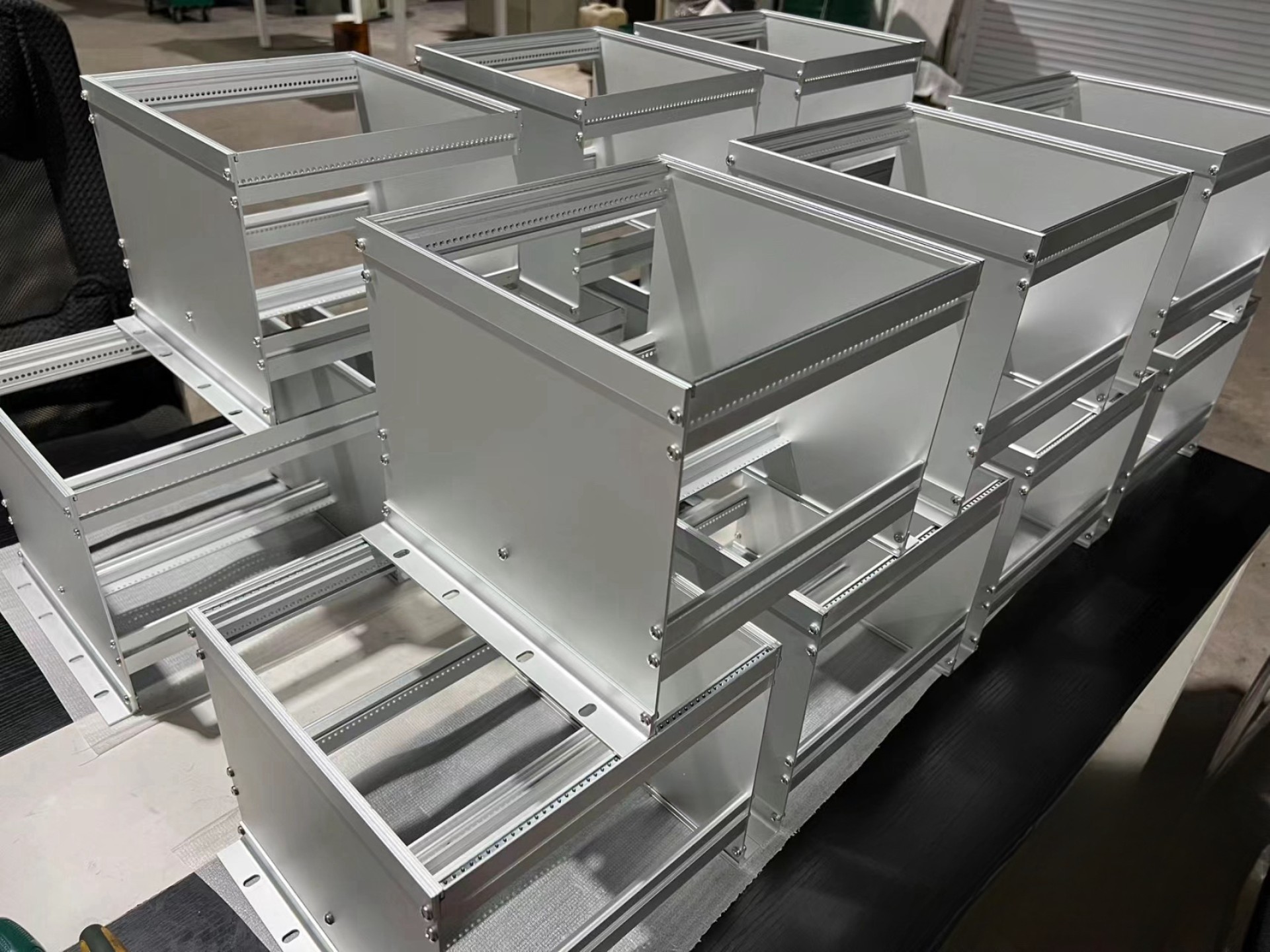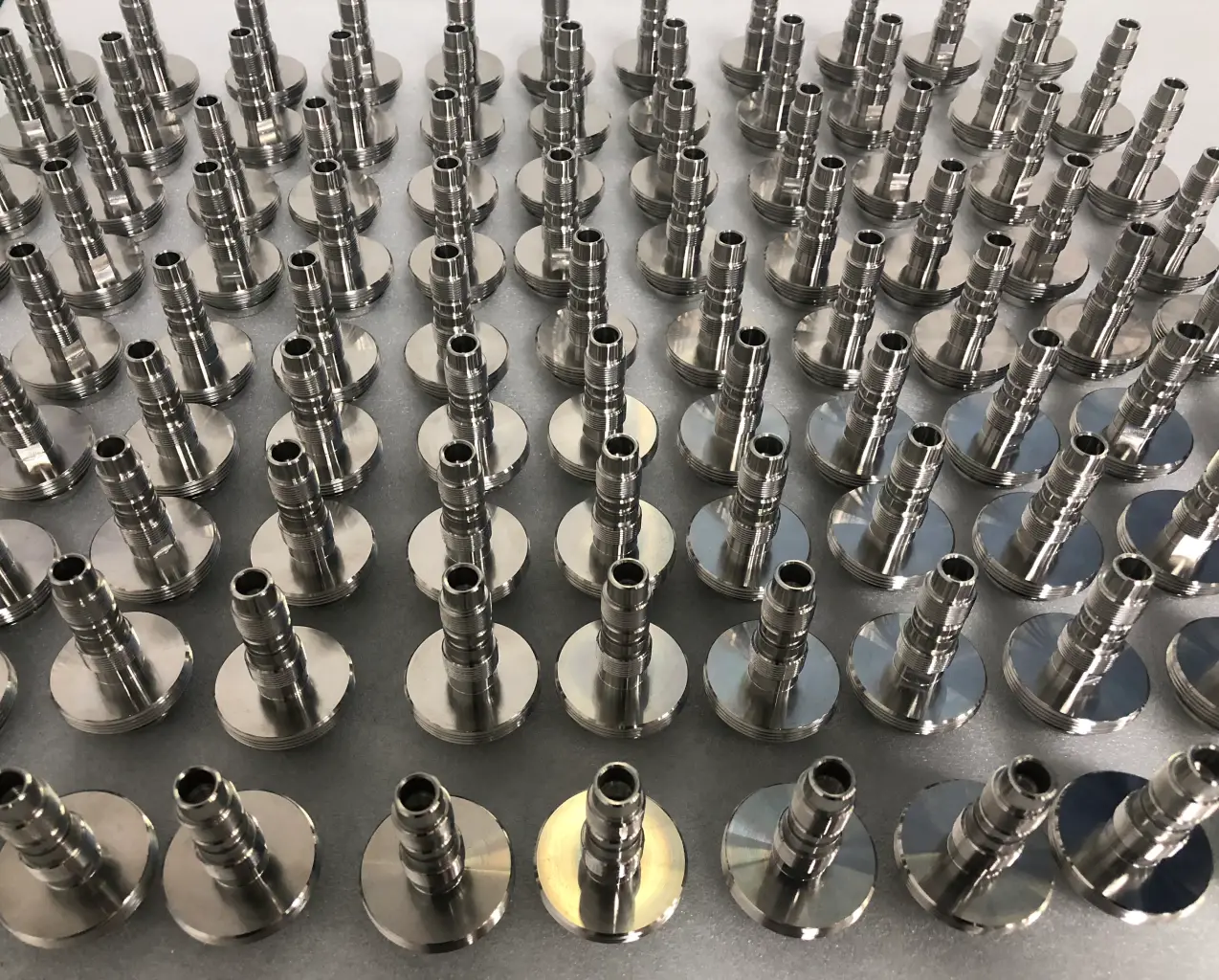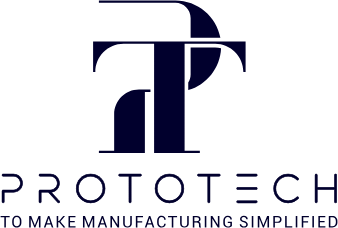Low Volume Manufacturing
ProtoTech Machining specializes in Low Volume Manufacturing services, ensuring precision and quality for every small-batch production. Trust our expertise for cost-effective solutions without compromising on excellence.
- Save 30% on average
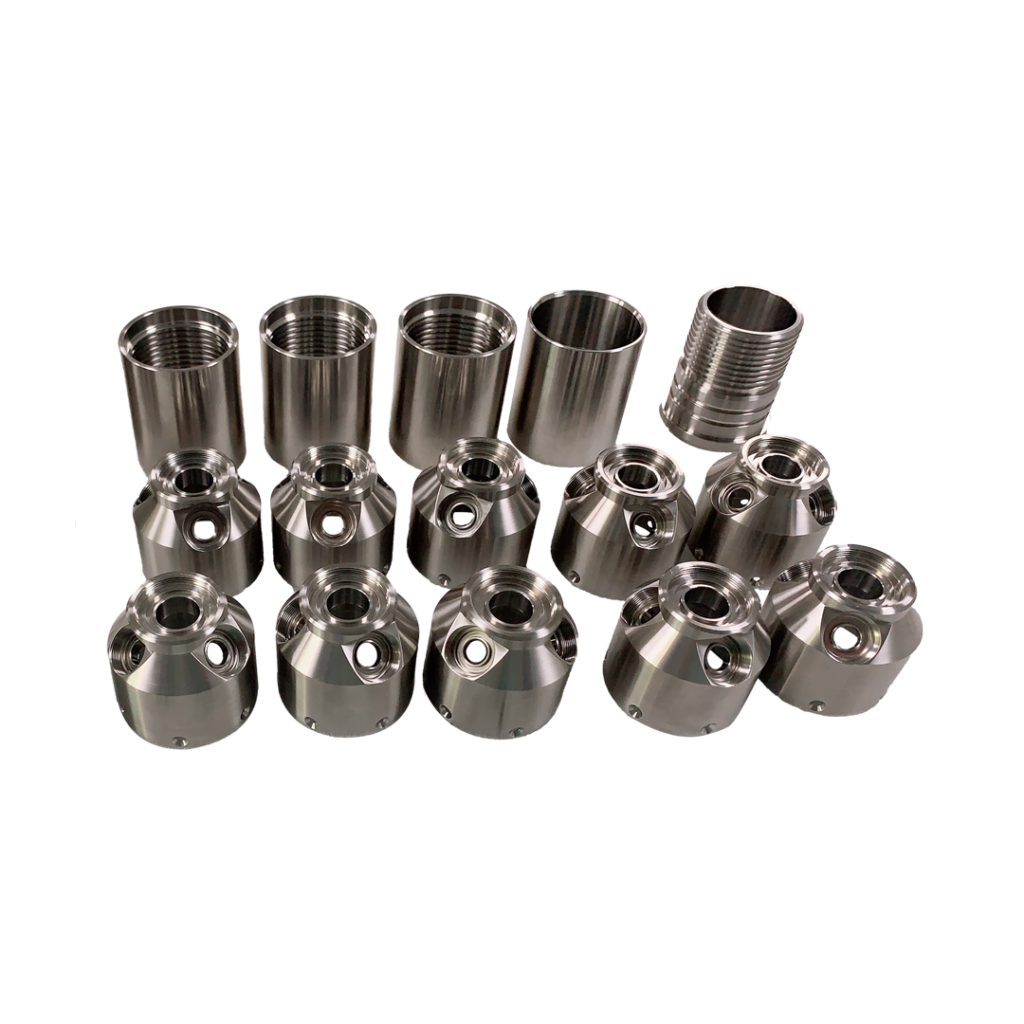
What is Low Volume Manufacturing?
Low volume manufacturing generally refers to production runs that yield between ten to tens of thousands of parts.
Traditional manufacturing methods, such as molding or forming, have long been associated with the concept of mass production: creating large quantities of identical goods. While these techniques are highly cost-efficient for high-volume production (over 10,000 parts), they come with drawbacks, such as requiring standardization, expensive machinery, and limited opportunities for product modifications.
For instance, tooling costs for mass production processes like injection molding can easily exceed $10,000 and significantly extend production timelines by weeks or even months. While mass production becomes financially viable with high-volume orders due to distributing costs among thousands of parts, it restricts the ability to economically manufacture specialized or highly customized pieces.
In contrast, custom manufacturing or high-mix low-volume (HMLV) manufacturing involves fabricating items based on unique specifications, traditionally carried out manually in small workshops. Due to the higher proportion of manual labor and lower throughput, the cost per part for custom products tends to be higher. Consequently, creating large quantities of individually custom-built goods, known as mass customization, has rarely been economically viable.
Who Would Benefit from Low Volume Manufacturing Methods?
- Low volume manufacturing methods are tailored to suit businesses seeking short lead times, those in the prototyping phase, or those requiring small batches of products.
- For instance, if you are a startup aiming to test a new product in the market, opting for a low volume manufacturing method would be ideal. This approach enables you to swiftly bring your product to market and make necessary design modifications on the go.
- Likewise, if you possess an existing product that isn’t experiencing substantial sales, but you believe it holds potential, low volume manufacturing methods can facilitate market testing without requiring a significant upfront investment.
- In addition to the aforementioned scenarios, various industries, such as automotive, aerospace, and defense, also leverage low volume manufacturing for prototyping and small batch production. Remarkable examples of products manufactured through low volume methods include airplane seats, car bumpers, and medical implants.
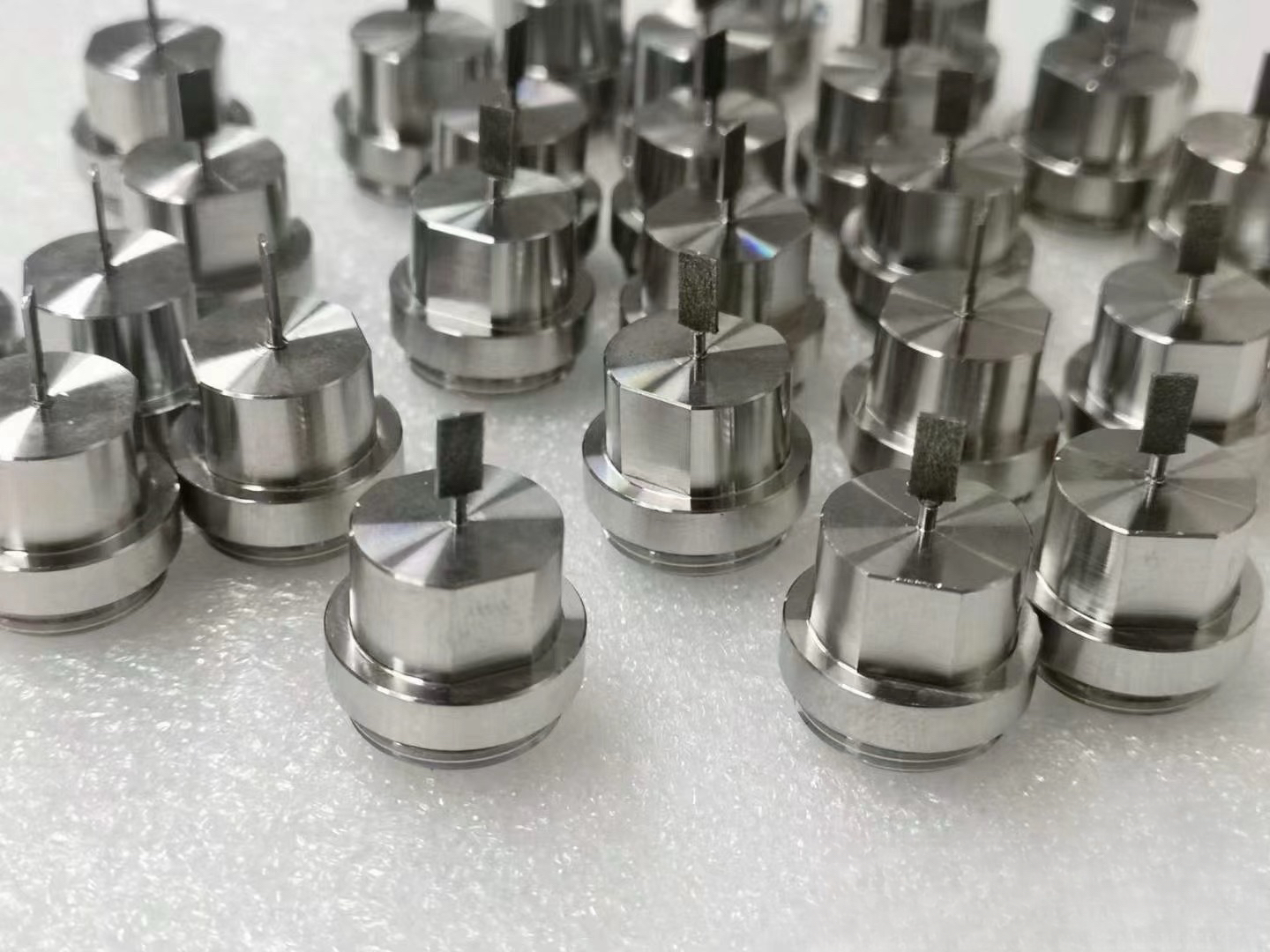
Common Low Volume
Manufacturing Methods
CNC Machining
Precision and Efficiency in Low Volume Manufacturing
CNC machining is a cutting-edge low volume manufacturing method that harnesses the power of computer-controlled cutting tools to precisely sculpt complex three-dimensional parts from raw materials. This advanced technology enables the creation of highly accurate and repeatable products with exceptional quality.
The versatility of CNC machining makes it an ideal choice for producing intricate parts with utmost precision. Whether it’s metals, plastics, or wood composites, CNC machining effortlessly crafts parts from a wide range of materials, offering unmatched flexibility to suit diverse manufacturing needs.
One of the standout advantages of CNC machining lies in its ability to swiftly deliver high-quality outputs. With efficient automation and precise programming, the process ensures fast turnaround times, contributing to improved production efficiency.
Advantages of CNC Machining:
- Unparalleled Precision and Reproducibility: CNC machining ensures every product is crafted with utmost accuracy and consistency, meeting the most demanding specifications.
- Complex Part Creation: The technology enables the fabrication of intricate and sophisticated parts that might be unachievable through traditional manufacturing methods.
- Swift Turnaround: Automated processes and streamlined operations lead to faster production times, minimizing delays and enhancing overall efficiency.
- Reliable Repetition: Each iteration maintains the same high-quality standards, ensuring consistent and reliable outcomes.
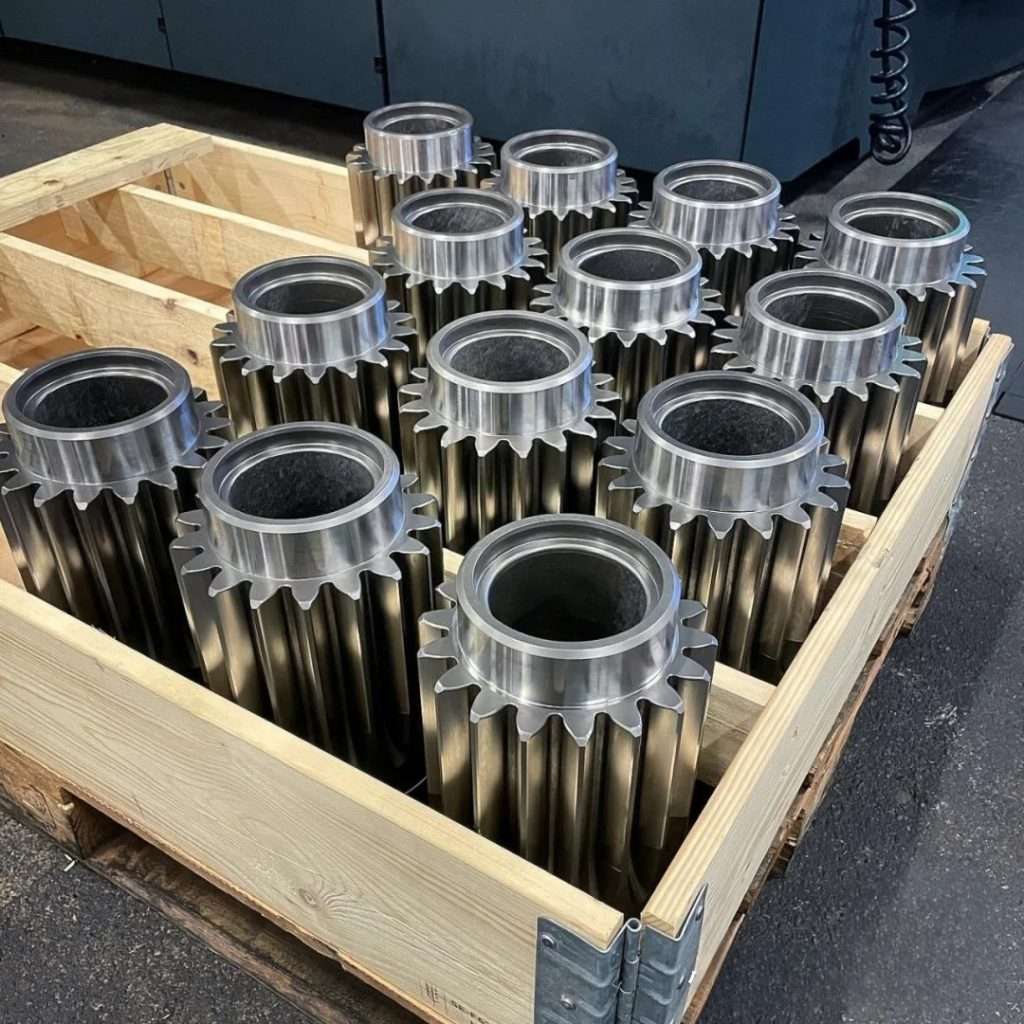
Technologies for Low Volume Production
Additive Manufacturing (3D Printing)
3D printing is characterized by its widespread use in prototyping and product development, which has extended to manufacturing applications. Manufacturers utilize the flexibility of 3D printing to create internal tools like jigs, fixtures, and manufacturing aids, as well as rapid tooling such as molds for injection molding or thermoforming.
Advancements in machinery, materials, and software have enabled the production of high-precision, functional 3D prints that can replace end-use parts. This empowers businesses to introduce innovative products to the market and makes small to mid-scale manufacturing more accessible.
While 3D printers can handle various materials, plastic parts are the most commonly produced due to lower costs, with metal 3D printers available at a higher expense. Different types of 3D printers exist, with selective laser sintering (SLS), stereolithography (SLA), and fused deposition modeling (FDM) being the most common processes for creating plastic parts.
Unlike traditional manufacturing, which often requires expensive machinery and skilled operators, 3D printing allows for in-house production. Compact desktop or benchtop 3D printing systems for creating plastic parts are affordable, require little space, and do not demand specialized skills. This facilitates faster iteration and production cycles for professional team, reducing the time from months to just a few days.
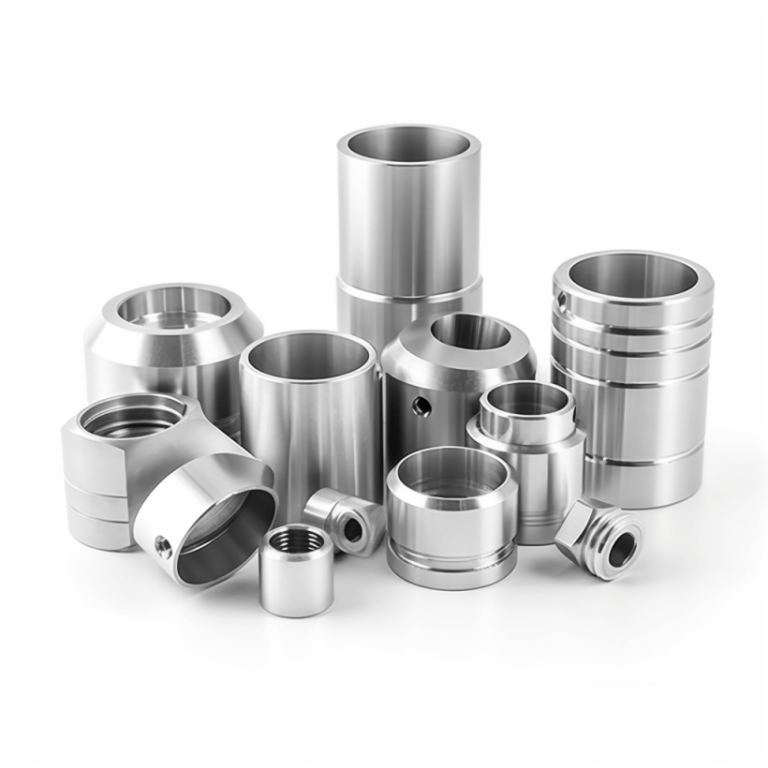
Professional Advanced
Manufacturing Services
Gallery Of Our Low Volume Manufacturing Parts
We specialize in the fabrication of swift prototypes and cater to the manufacturing needs of customers across diverse industries. Our services cover a wide range, including medical devices, aerospace, automotive, defense, electronics, hardware startups, industrial automation, machinery, marine, robotics, and various others.
